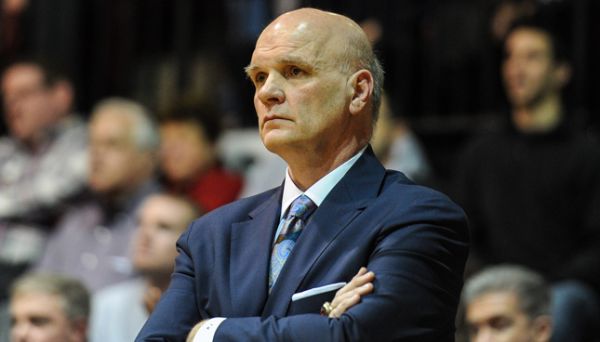Atlantic 10 NCAA Tournament Reactions
Posted by Joe Dzuback (@vbtnblog) on March 15th, 2016Shock at the NCAA Tournament’s exclusion of St. Bonaventure, the first regular season conference champion with an RPI better than #30 to be left out of the NCAA field since it was expanded to 64 teams, was not limited to members of the school’s community, fans of the conference, veteran bracketologists and a wide consensus of sportswriters. Atlantic 10 Commissioner Bernadette McGlade weighed in with a scathing critique of the committee’s judgement and a promise to “talk to the selection committee representatives and compare the stats of all of the at-large selections to understand why [the Bonnies] were not selected to hopefully avoid this disappointment in the future”.
Atlantic 10 is not happy about the Bonnies not making the NCAA tournament: pic.twitter.com/oNj6YTNetn
— Nicole Auerbach (@NicoleAuerbach) March 14, 2016
The other three projected teams were included in the field of 68. Let’s take a look at each.
Dayton #7 seed, Midwest Region
After the seeds were assigned to their NCAA Tournament sites a Dayton supporter suggested (tongue firmly in cheek) that fans of his school and Xavier gather at a known St. Louis watering hole to catch their respective games and swap stories about the old Atlantic 10. Dayton drew Syracuse and a roster that has been ravaged by NCAA-mandated scholarship reductions. The Orange run a six-man rotation, which may explain why Syracuse’s record since Valentine’s Day is a paltry 2-5. Dayton can crack Jim Boeheim’s 2-3 zone with outside shooting (Cooke, Smith or Pierre) or utilize its bouncy forwards (Pierre, Pollard) flashing to the free throw line to convert or find open shooters. Archie Miller typically goes nine deep, so expect the Flyers’ high-energy rotation to wear the Orange down over the course of the game. Survive that and #2 seed Michigan State is up next, a team that many thought deserved a #1 seed. Should the Flyers survive the first weekend, challenges in the form of Seton Hall (or Utah) and ultimately one from a mix of Virginia (#1 seed), a Tubby Smith-coached Texas Tech (#8) or Iowa State (#5) await. Michigan State is without question the toughest draw for Dayton in this region.
Saint Joseph’s #8 seed, West Region

Phil Martelli and his Saint Joe’s squad will face a tough and rugged Cincinnati club. (USA TODAY Sports)
The West region contains a mix of name-brand programs with known weaknesses combined with underexposed programs from low- and mid-major conferences. The Hawks will get into it early with #9 seed Cincinnati as their first opponent. The Bearcats are a typical Mick Cronin squad – large and heavy bodies who use their weight and athleticism to wear down an opponent. Basketball is a full-contact sport. St. Joseph’s strength, three-point shooting and a green light to push the ball, should be able disrupt the Bearcats’ rhythm and take Cincinnati out of their comfort zone. Defending the three-point line is the Bearcats’ weakness, a vulnerability that the Hawks will test early and often. Convert as they did versus Dayton and George Washington over the weekend and Phil Martelli’s group should advance to meet the #1 seeded Oregon Ducks.
Virginia Commonwealth #10 seed, West Region
Located on the other side of the same regional, VCU draw the other Oregon school, Oregon State, in its first game. Their KenPom rating suggests that the Beavers are overrated relative to VCU. The Rams are one of the best defenses the Beavers will face this season; Pomeroy ranks VCU #35 overall. The two best non-conference opponents Oregon State faced were Valparaiso (#36) and Kansas (#1), and they lost both games. Oklahoma is the second team in the pod VCU will have to beat. Buddy Hield could be a handful but coach Will Wade has Jordan Burgess and four others available to wear the All-American down. Both teams are comfortable with more possessions in a wide-open transition game. The Rams’ survival would open the bottom half of this bracket nicely. Shaka Smart was a mentor to Will Wade; their professional history will be the storyline between the two teams.









































